New Project Resurrects Hope for Dying Aral Sea
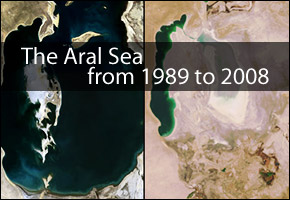
“Good news – the mother sea is coming,” says a sign hanging over a street in the town of Aral, Kazakhstan. Optimism is growing over a possible revival of the Aral Sea, the destruction of which remains one of the major environmental disasters of the 20th century.
Once thriving on the shores of the sea, the small city in southwestern Kazakhstan now sits well inland, 35 kilometers away from the water. On the way to the coastline, rusting fishing boats lie silently on what used to be the bed of the Aral Sea. Miles of parched, fissured land define the horizon.
The sea – shared by Kazakhstan and Uzbekistan – regressed by 70 percent from 1960 to 2004, leaving behind a vast expanse of salt, dust and toxic substances. But a “whiff of hope” is starting to fill the void, as a dike opened in 2005 increases flows into the Northern Aral Sea, EurasiaNet reported.
The 13-kilometer dike — an $86 million project of Kazakhstan’s government and the World Bank –- has already increased the sea’s level by 50 percent from its lowest point. Officials are now preparing to launch the project’s second phase and further expand the sea.
The Aral Sea — a saltwater lake — was once the fourth largest inland body of water in the world. But since the 1960s, the diversion of the flows of the Syr Darya and Amu Darya rivers for irrigation has reduced fresh water discharge to the sea. The water level has dropped by 20 meters, splitting in the late 1980s the thirsty Aral into two parts – the Northern Aral and the Southern Aral. Salinity has increased, killing the fish and opening a vast area of acid, toxic land as the sea dries up.
Today, as the Northern Aral Sea makes a comeback, saline levels measure half their previous level, raising the hopes for the ailing fishing industry in the region.
But even as the government makes plans for a second phase of its revival project, old questions still hang over the shrinking Southern Aral. The southern lake, which continues to decline more rapidly than the Northern Aral, receives little water from the Amu Darya and is fated to disappear. The prospect for rescuing the lake looks grim, according to Islam Karimov, president of Uzbekistan.
“In Uzbekistan we realize unambiguously that to save the Aral Sea in the full sense of the word is practically impossible,” Karimov said Wednesday during the summit of the International Fund for Saving the Aral Sea.
The leaders of Uzbekistan, Kazakhstan, Turkmenistan, Tajikistan and Kyrgyzstan gathered in Kazakhstan’s commercial capital of Almaty this week to discuss the future of the shrinking Aral Sea but failed to reach “tangible progress” on the issue, EurasiaNet reported. While the presidents agreed on the causes of the sea’s slow demise, they did not work out a joint action plan for reviving the Aral.
Sources: Transitions Online, EurasiaNet
Inset images courtesy of NASA/JPL
, a Bulgaria native, is a Chicago-based reporter for Circle of Blue. She co-writes The Stream, a daily digest of international water news trends.
Interests: Europe, China, Environmental Policy, International Security.

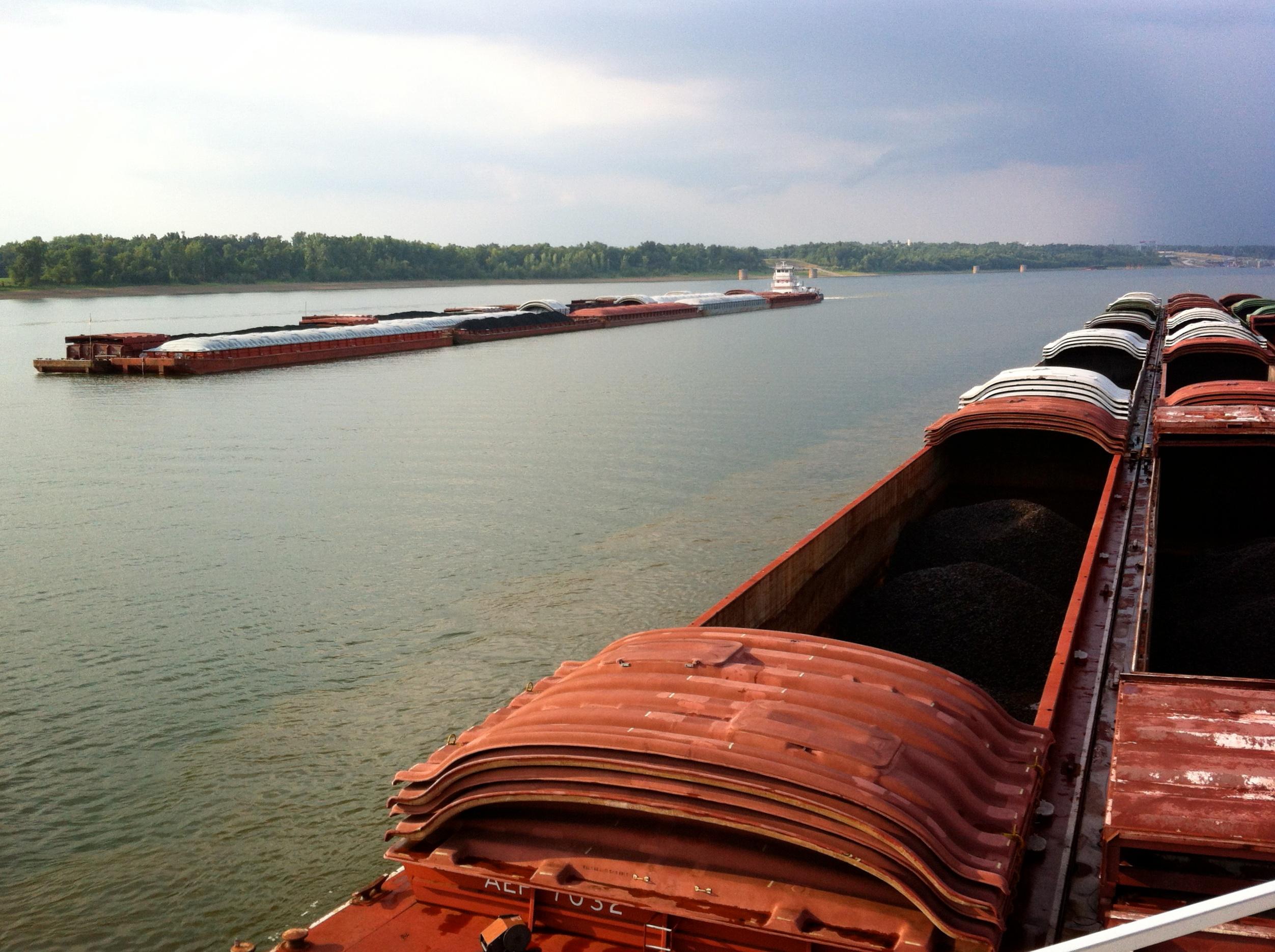

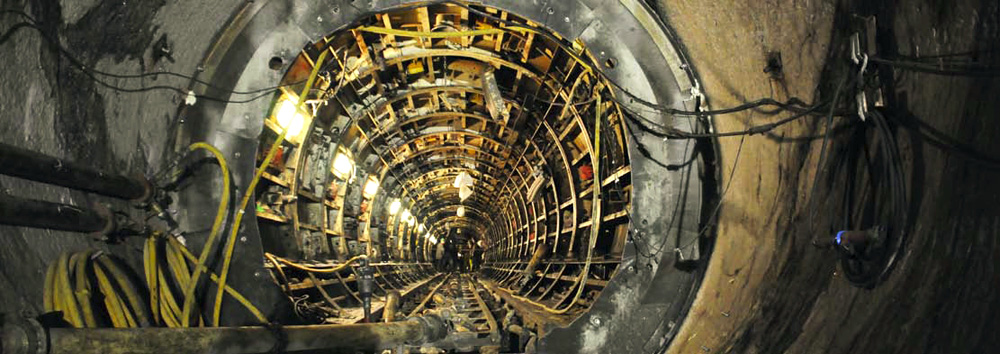


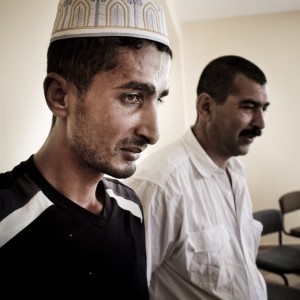
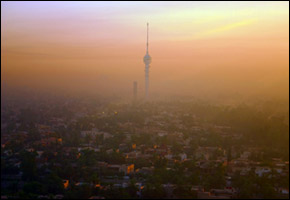
If your desertification problem there is at all like that of Lake Chad or most of the world, part of it is aquatic weeds. Typha, water hyacinth, Phragmites and others clog waterways large and small across the world, and are often mistaken for signs of wetland health. If Typha is part of your problem, it is also quite exploitable economically
This, in the place where Communism ruled with its iron fist for 70 horrible years. This sea is an ikon of Communism; what it did visibly to this place is what it also did to people, to the economy, to morality. Marxism: never again!